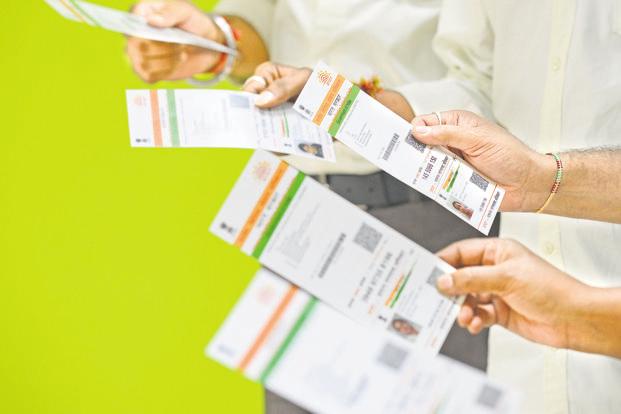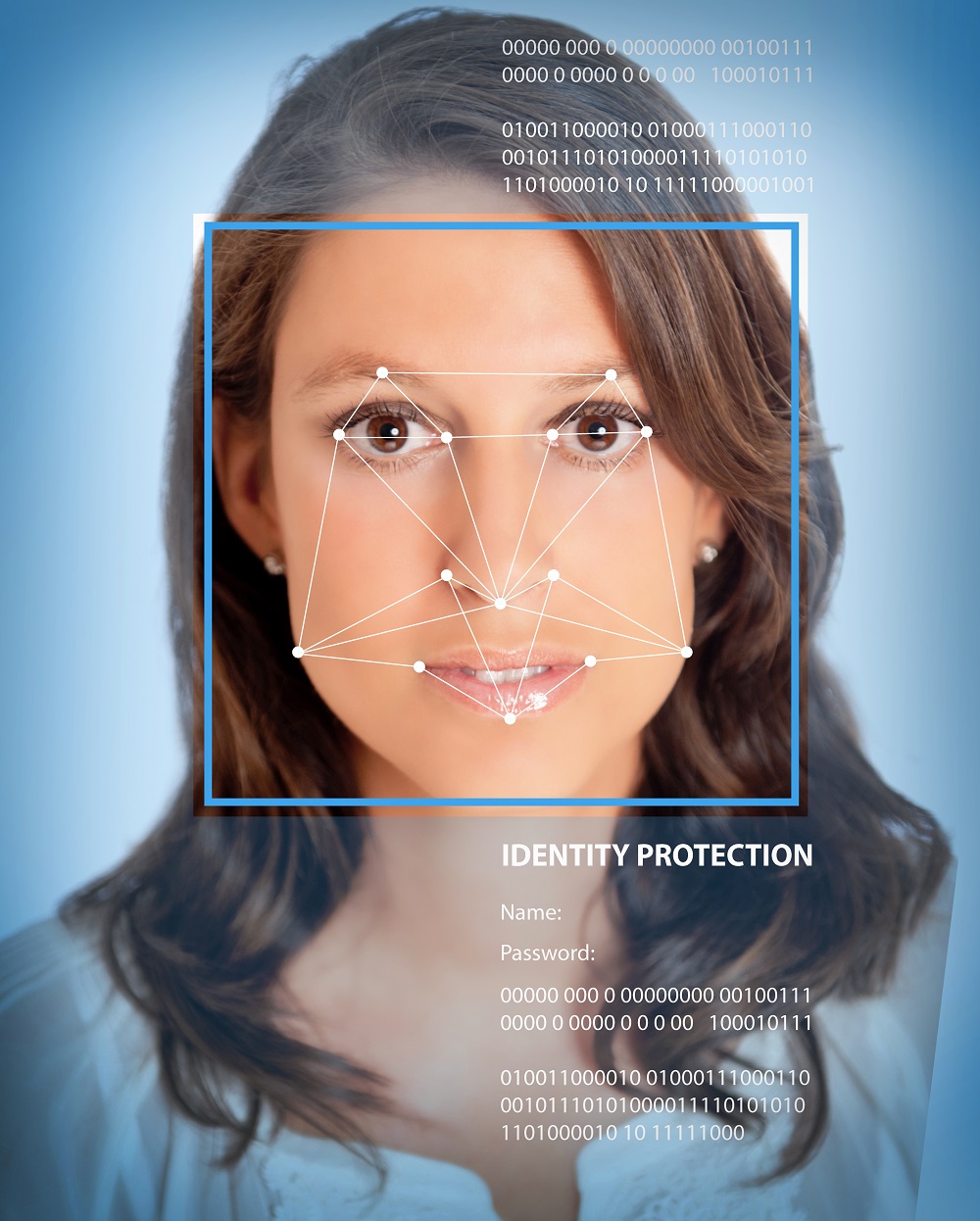Decoding the ‘Aadhaar and Other Laws (Amendment) Ordinance, 2019’

In a landmark move, the Hon. President of India Shri Ram Nath Kovind promulgated the ‘Aadhaar and Other Laws (Amendment) Ordinance, 2019’ on Saturday, 2nd March 2019. Through this ordinance, three important acts stay amended as on date – The Aadhaar Act, 2016, The Telegraph Act, 1885 and the Prevention of Money Laundering (PMLA) Act, 2002.








